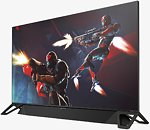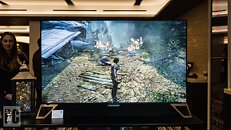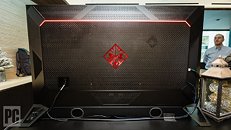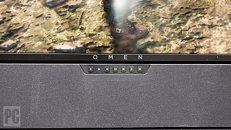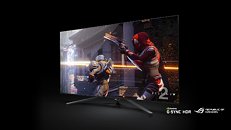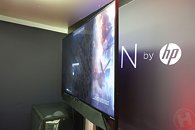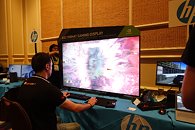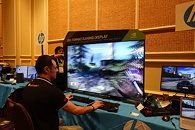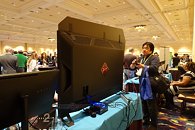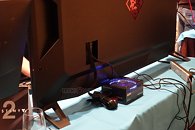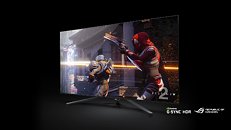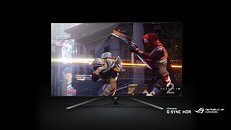
LG's 48-inch OLED Gaming TV with G-SYNC Goes on Sale This Month
LG is preparing to launch its latest addition to the gaming lineup of panels and this time it goes big. Preparing to launch this month is LG's 48-inch OLED Gaming TV with 120 HZ refreshing and G-SYNC support. To round up the impressive feature set, LG has priced this panel at $1499, which is a pricey but a tempting buy. Featuring 1 ms response time and low input lag, the 48CX TV is designed for gaming and fits into NVIDIA's Big Format Gaming Display (BFGD) philosophy. Interestingly, the TV uses LG's a9 Gen3 AI processor which does content upscaling so everything can look nice and crisp. Ai is used to "authentically upscale lower resolution content, translating the source to 4K's 8.3+ million pixels. The technology is so good, you might mistake non-4K for true 4K".


